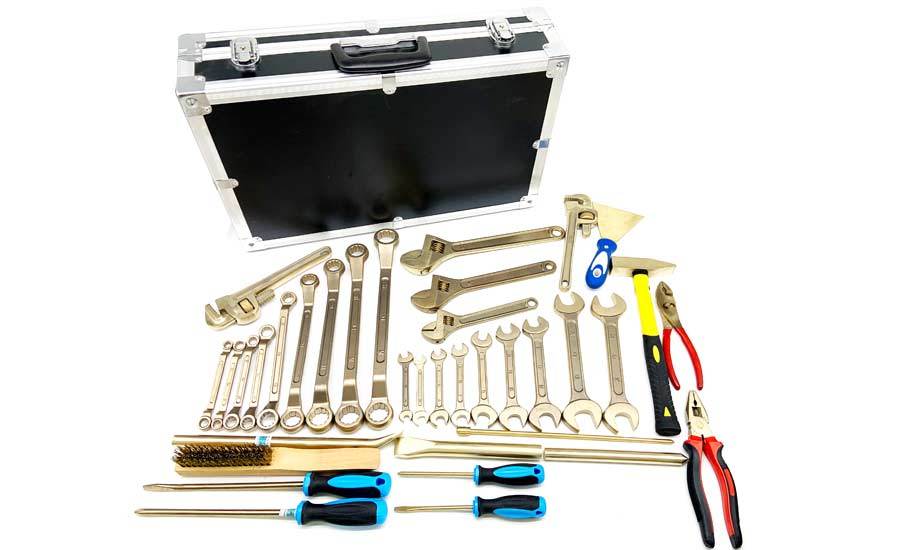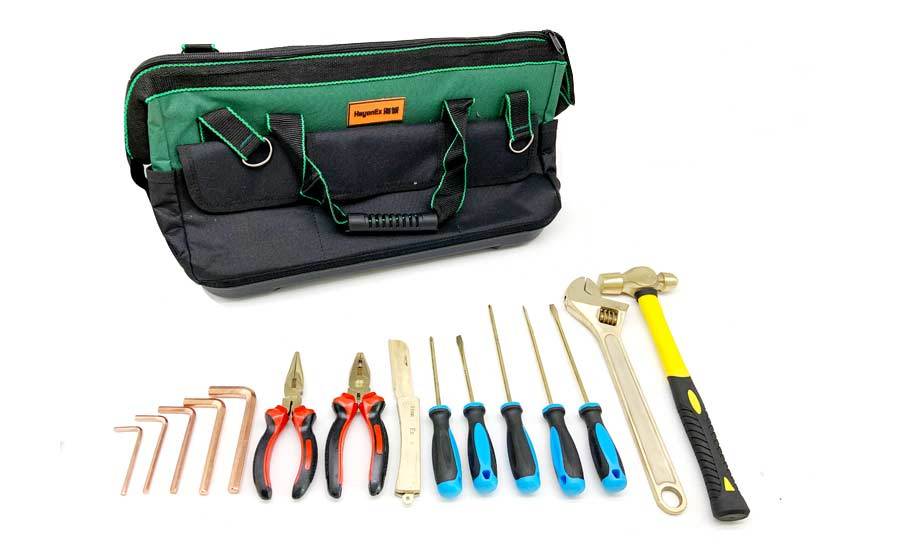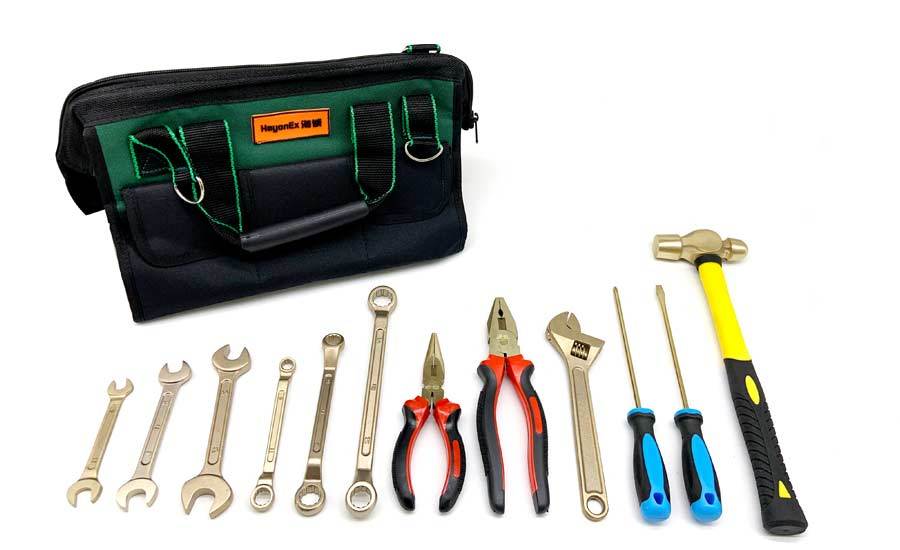Safety First: A Guide to Non-Sparking Tools in Hazardous Environments
Release time:
2025-05-26
【Summary】 Discover the importance of non-sparking tools, tips for safe usage, and essential considerations in hazardous workspaces.
Understanding Non-Sparking Tools
When it comes to working in hazardous environments, safety is the name of the game. Enter non-sparking tools! These specialized tools are designed to prevent the igniting of flammable gases and vapors, making them a must-have in industries like oil and gas, mining, and chemical manufacturing. But hang on a minute! Before you dive into using these tools, let’s break down some key considerations.
Why Non-Sparking Tools?
First off, why should you even consider non-sparking tools? Well, traditional tools made from metals like steel can create sparks when they strike hard surfaces. In environments filled with flammable substances, even the tiniest spark can lead to catastrophic explosions. So, non-sparking tools are typically made from materials like brass, aluminum bronze, or plastic, which significantly reduce the risk of igniting a fire.
Key Considerations Before Using Non-Sparking Tools
So, what should you keep in mind when using these tools? Here are some vital tips:
- Know Your Environment: Always assess your workspace. Understand the types of flammable materials present. This will help you choose the right non-sparking tools for the job.
- Inspect Tools Regularly: Just because they’re non-sparking doesn’t mean they’re invincible! Regularly check for wear and tear. A worn tool can still cause issues, even if it’s made from non-sparking materials.
- Training is Key: Ensure all team members are trained in using non-sparking tools properly. Misuse can lead to accidents, even with the safest tools.
- Store Properly: Keep your non-sparking tools in a designated area, away from regular tools. This minimizes the risk of accidental mix-ups.
- Follow Manufacturer Guidelines: Always adhere to the manufacturer's instructions for use and maintenance. They know their tools best!
The Right Tool for the Right Job
Now, let’s talk specifics. Not all non-sparking tools are created equal. Depending on your job, you might need different kinds of tools, such as:
- Non-Sparking Hammers: Perfect for driving nails or breaking apart materials without creating sparks.
- Non-Sparking Screwdrivers: Ideal for tightening or loosening screws in sensitive environments.
- Non-Sparking Wrenches: These are essential for plumbing or mechanical work in flammable areas.
Common Misconceptions
Before we wrap up, let’s clear the air on some common misconceptions:
- “Non-Sparking Means No Risk!”: Not quite! While these tools minimize spark risk, it's still crucial to follow safety protocols diligently.
- “Any Metal Tool Can Spark!”: This isn’t true. Some metals are less likely to spark compared to others. It’s all about knowing your materials.
- “They’re Just for Oil and Gas!”: Nope! Non-sparking tools are beneficial in various industries, including pharmaceuticals, food processing, and aerospace.
Final Thoughts
To sum it all up, non-sparking tools are your best friends in hazardous work environments. They provide the safety net you need while working with flammable materials. By keeping the above considerations in mind, you’ll ensure that your workspace remains secure and efficient. So, gear up, stay safe, and remember: safety first!
Key words:
Key words:
non-sparking tools
Related News
















